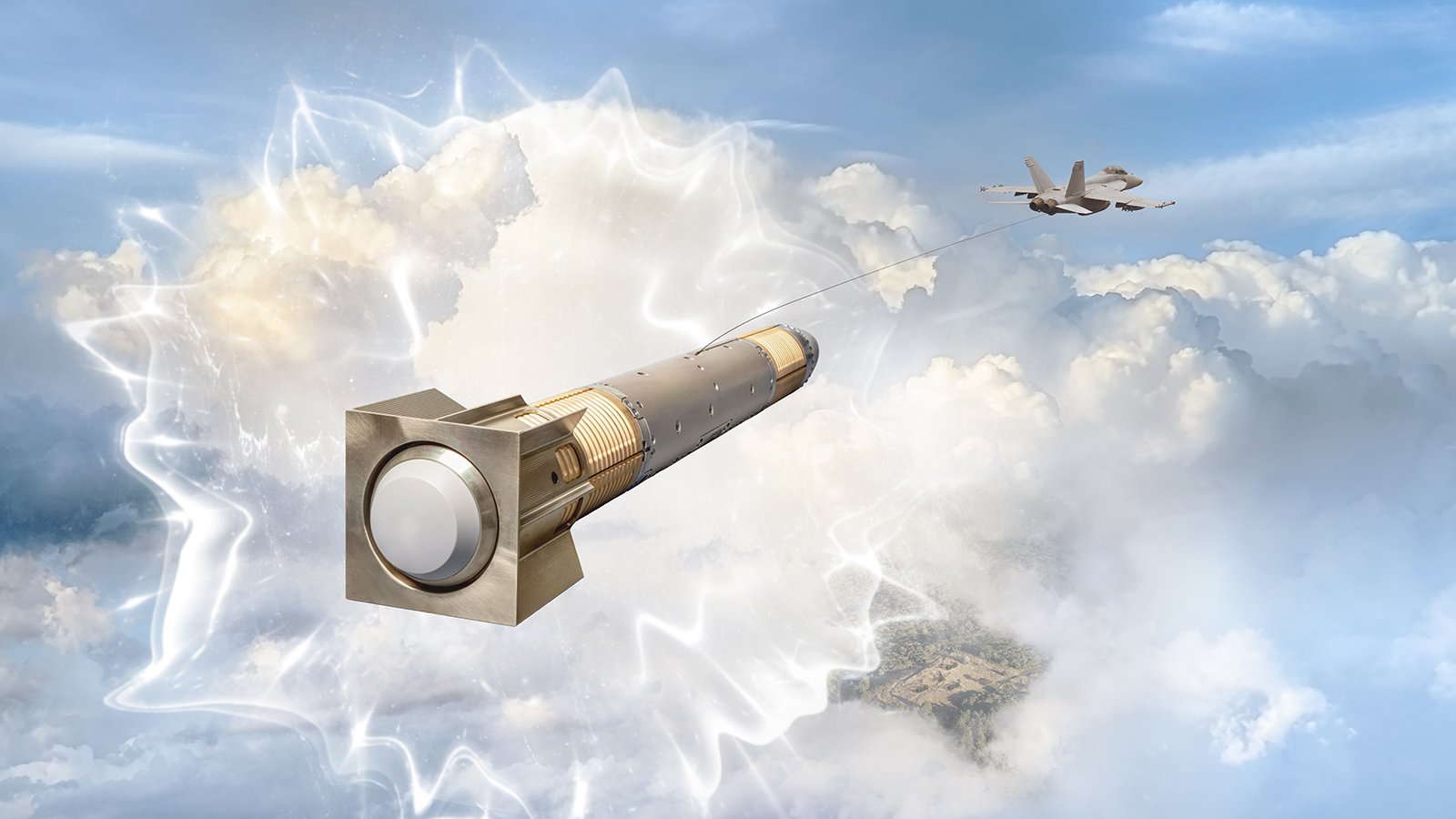
BAE to develop new countermeasure system for US Navy jets
BAE Systems has been selected by the U.S. Navy to develop the Dual Band Decoy (DBD), one of the most advanced radio frequency (RF) countermeasures available.
As noted by the company, the DBD is a cutting-edge RF self-protection jammer designed to shield fighter jets from enemy attacks.
Building on the success of BAE Systems’ AN/ALE-55 Fiber-Optic Towed Decoy, the DBD features a towed unit connected by a fiber-optic cable to electronic warfare equipment onboard the aircraft. This decoy leverages the latest jamming technology to disrupt enemy radars and lure missiles away from the aircraft. It can be deployed by the pilot or automatically in response to detected threats, providing crucial protection in highly contested airspace.
“With Dual Band Decoy, we are building on the ALE-55’s years of mission success as a high-powered jamming system,” said Don Davidson, director of the Advanced Compact Electronic Warfare Solutions product line at BAE Systems. “Dual Band Decoy delivers broad capability that can be installed on a variety of aircraft and is upgradeable to address future threats.”
The Dual Band Decoy incorporates BAE Systems’ custom integrated circuits, which enhance performance and capability while reducing size, weight, and power requirements. It is a key component of BAE Systems’ Intrepid Shield™ approach, which aims to create a protective sphere around platforms in contested environments by utilizing the full electromagnetic spectrum to detect, exploit, and counter advanced threats.
The DBD will initially be deployed on the U.S. Navy’s F/A-18E/F Super Hornet. Development work will be conducted at BAE Systems’ state-of-the-art facilities in Nashua, New Hampshire.


